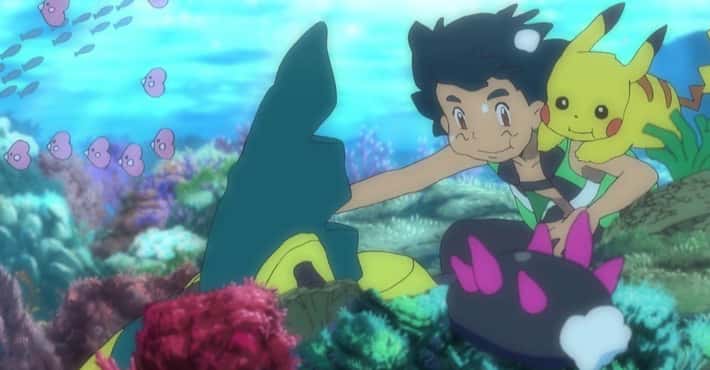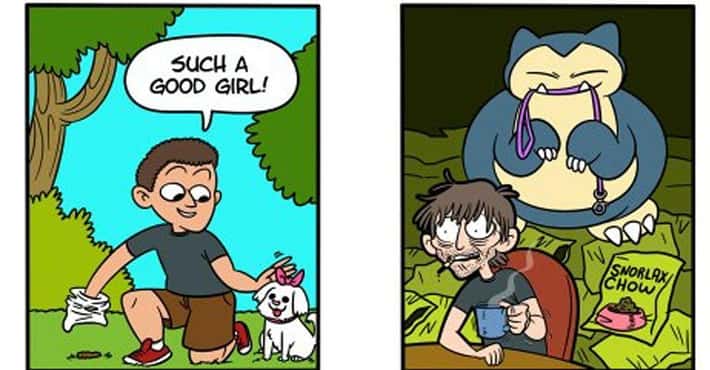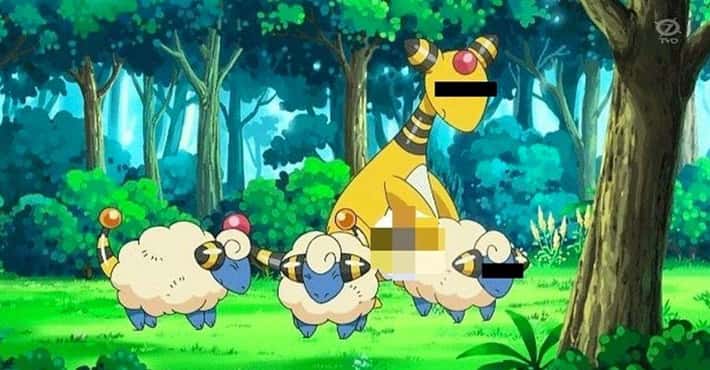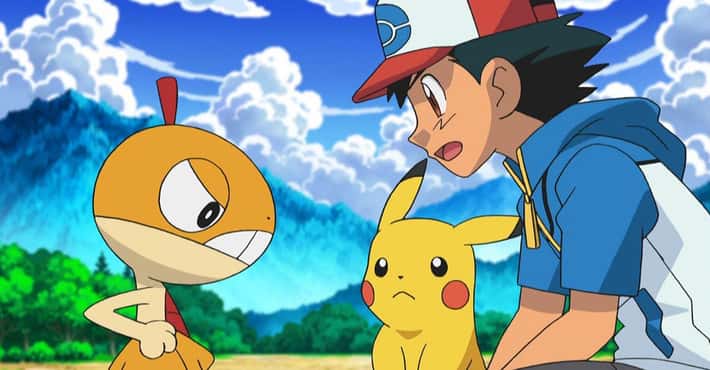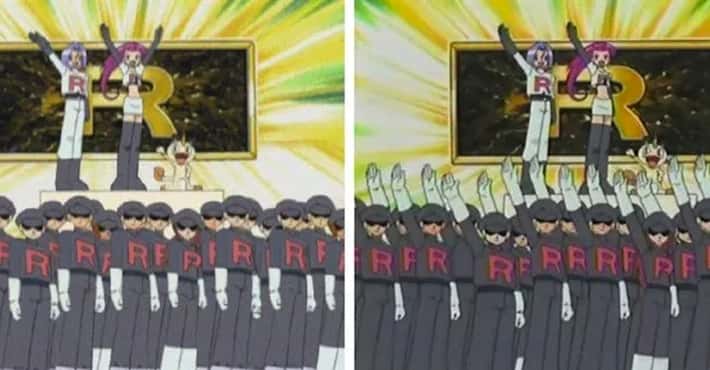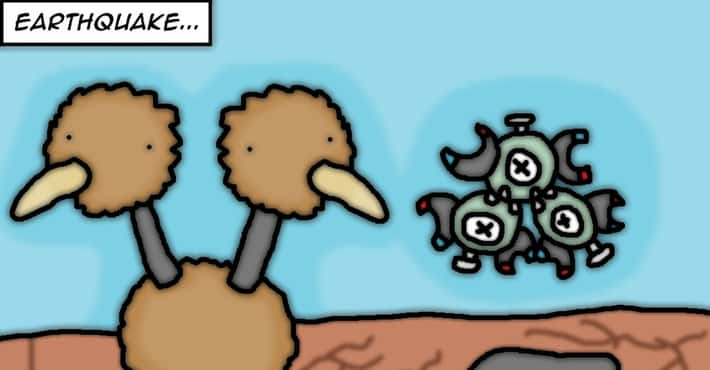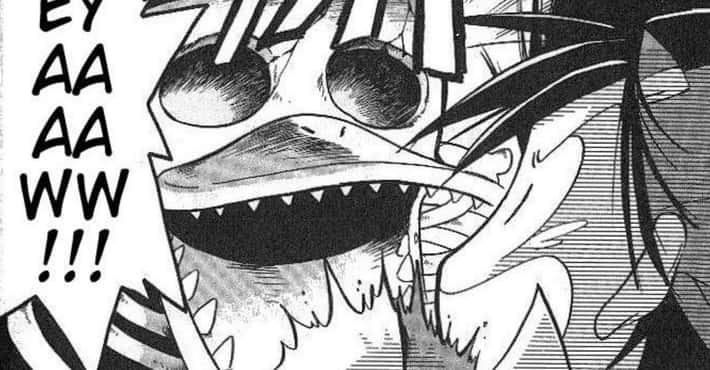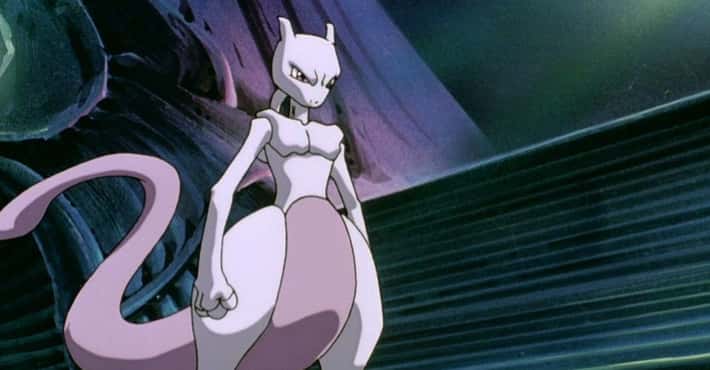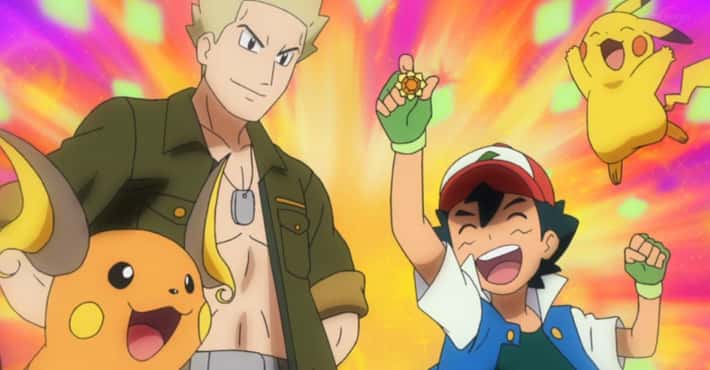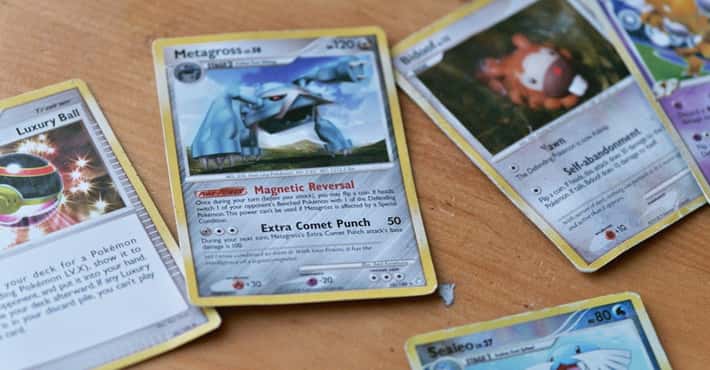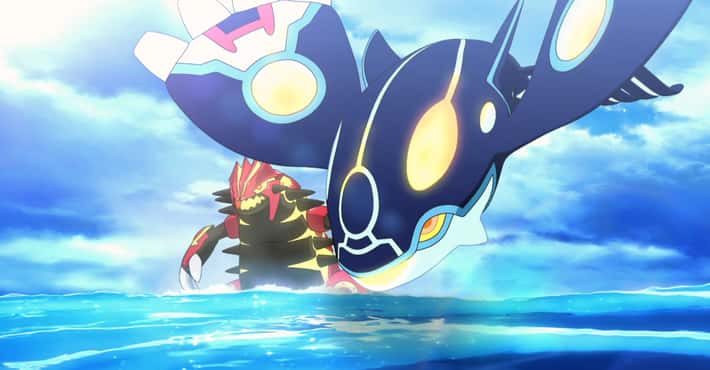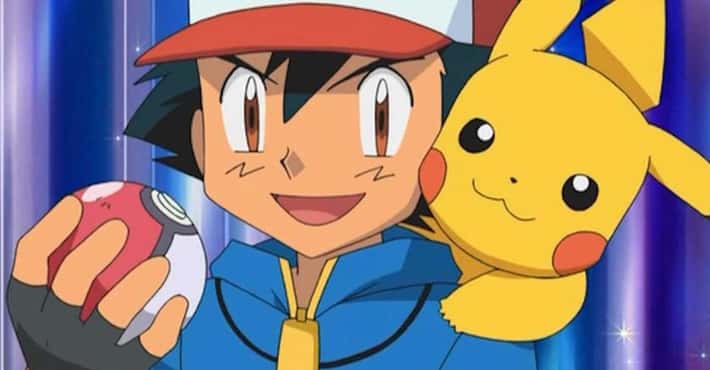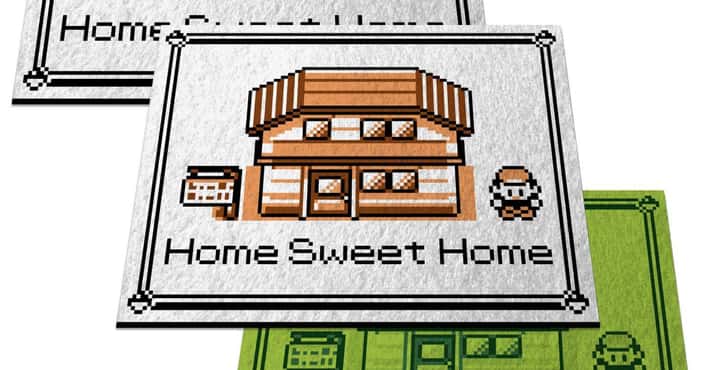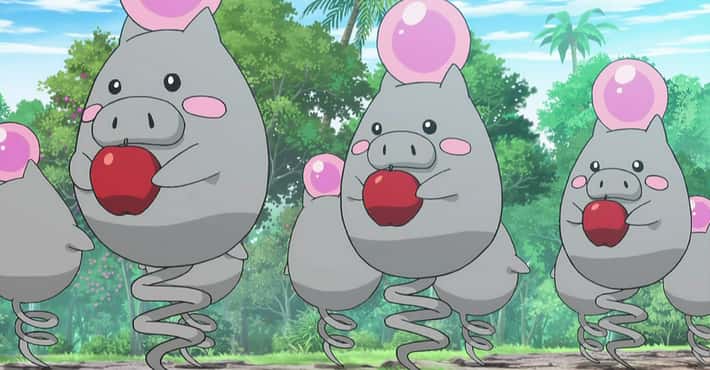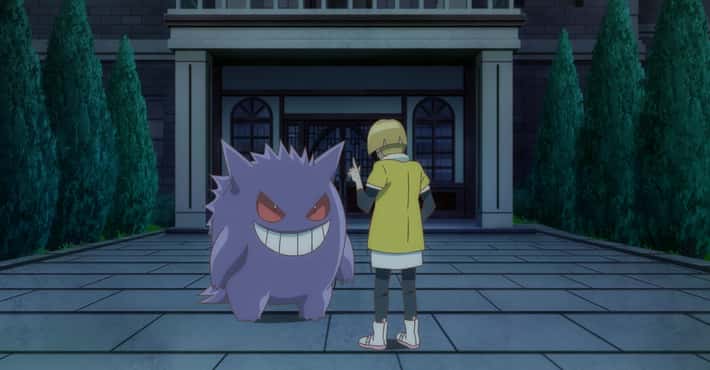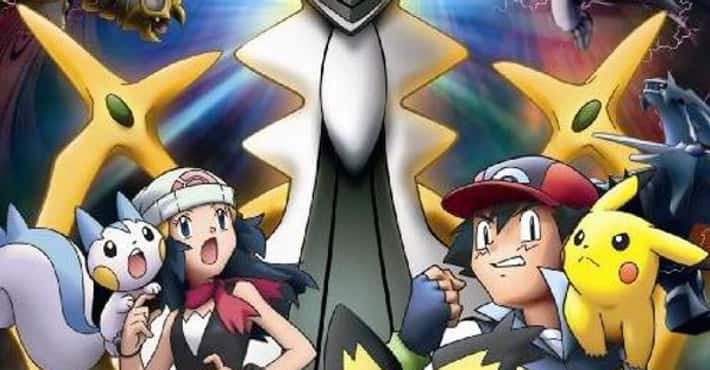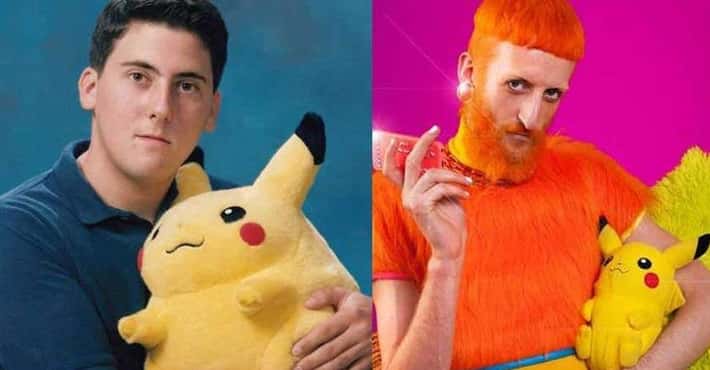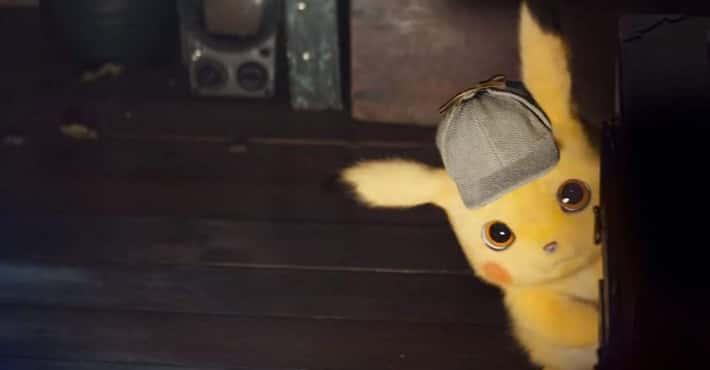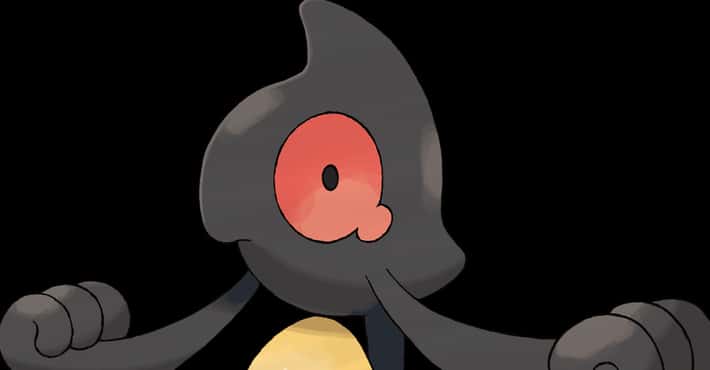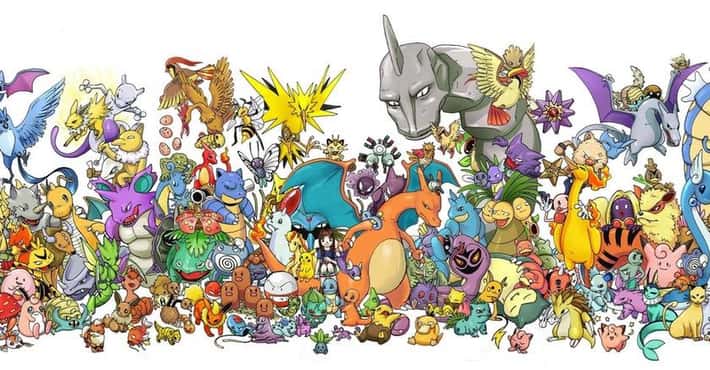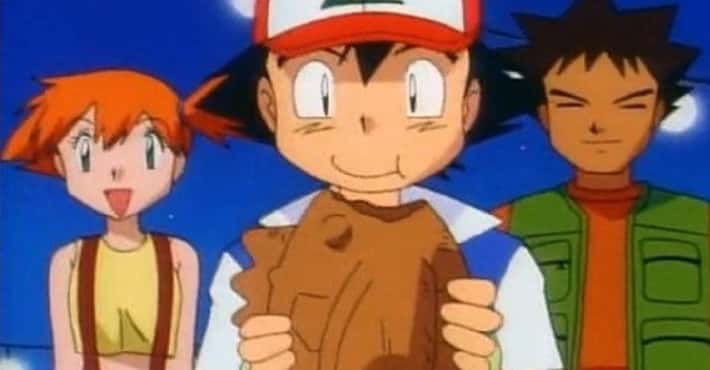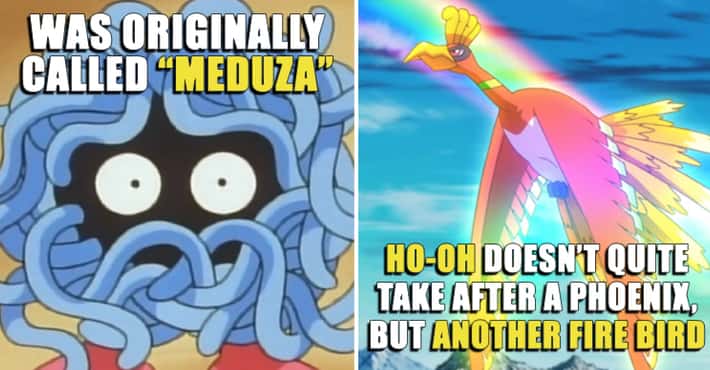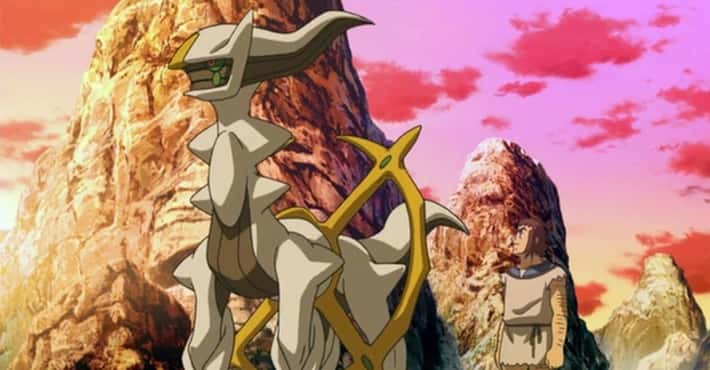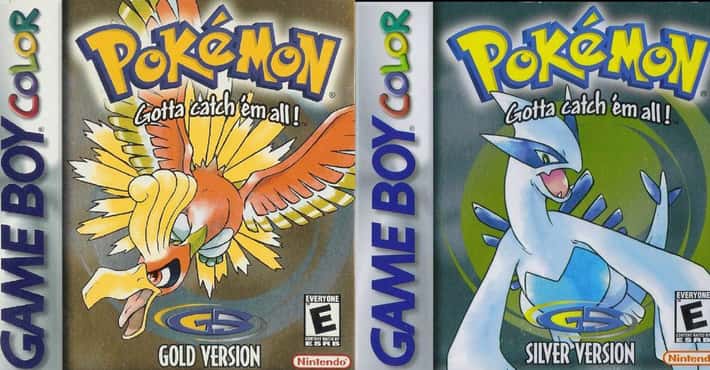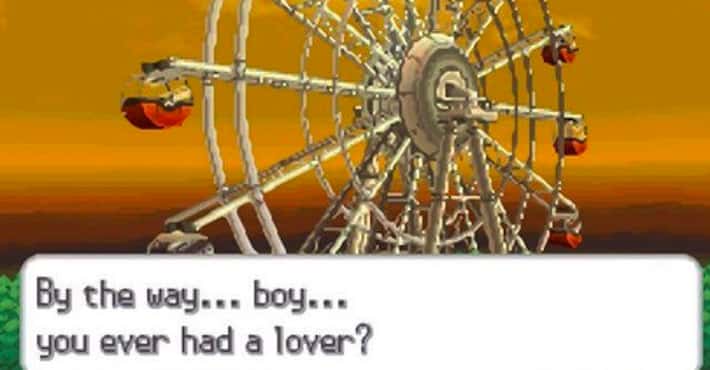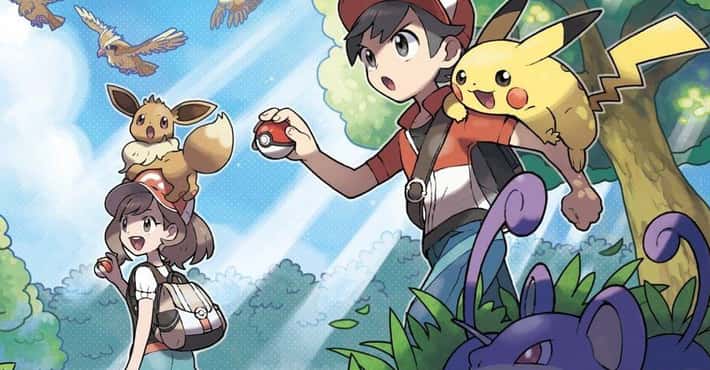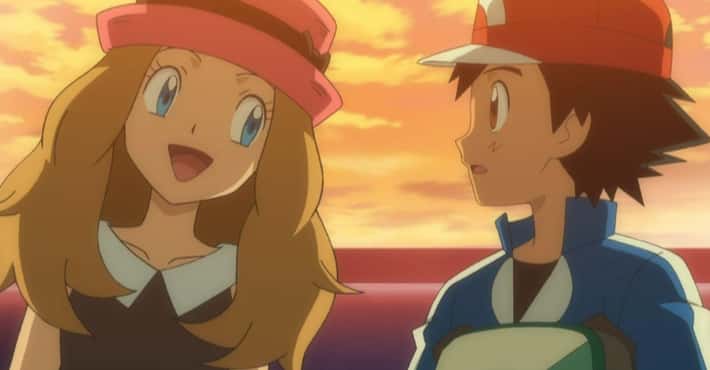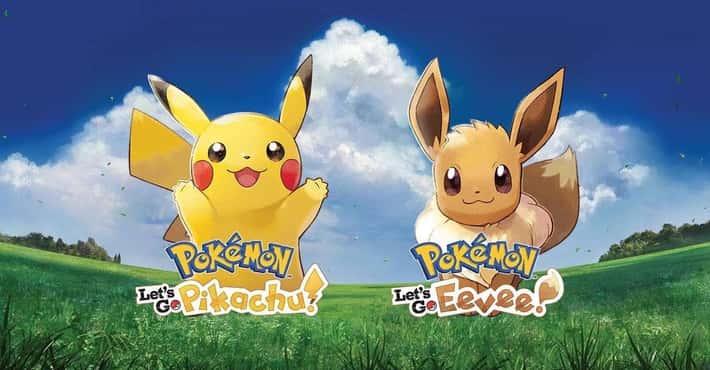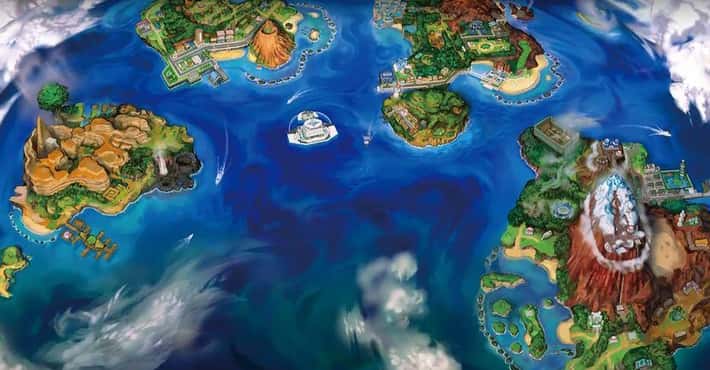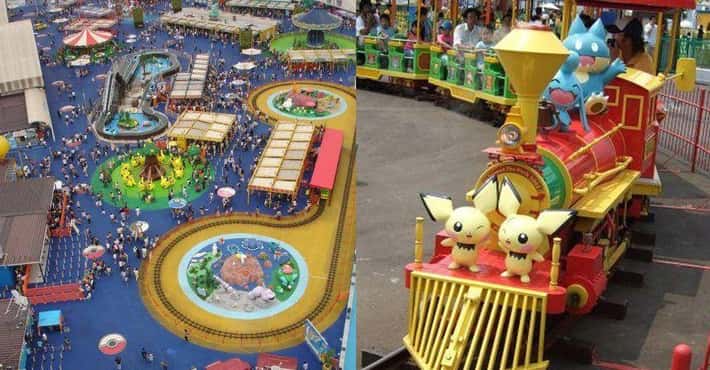The Shocking Story Behind Dennō Senshi Porygon: The Pokémon Episode That Caused Seizures
The Episode Put Hundreds Of Japanese Children In The Hospital
Photo: PRiMENON / Wikimedia Commons"Dennō Senshi Porygon," which was seen by over 4 million people across Japan on December 16, 1997, caused a variety of medical problems, including nausea, dizziness, and loss of consciousness. In extreme cases, it caused seizures. 685 children were taken to the hospital - 375 girls and 310 boys. While most children recovered within minutes, some stayed in the hospital for days or even weeks, and some were diagnosed with epilepsy.
The Cause Was Likely A Quick, Strobe-Like Animation Using Blue And Red Colors
Photo: OLMWhy did this happen? The prevailing theory is that it was due to problems with the animation techniques used by the studio. In the episode, Pikachu fires a thunderbolt attack at a series of missiles. Becasue this takes place in a virtual world, the animators used rapidly strobing blue and red lights. While this did make the explosion look "virtual," it was also responsible for the massive medical emergency that occurred that day.
It Sparked Some Major Changes In The Pokémon Franchise
Photo: OLMAfter the incident, which became known as Pokémon Shock in Japan, the Pokémon anime was immediately pulled from network television and remained off the air for four months. During that time, the Atago Police Department investigated the anime's production team at the behest of Japan's National Police Agency. In the meantime, Nintendo's stock value fell by almost 5%.
New Guidelines Were Created For Animated Television Broadcasts
Photo: OLMMedical professionals teamed with Japanese television broadcasters to create new safety guidelines for animated televised shows. The guidelines included the following:
"Flashing images, especially those with red, should not flicker faster than three times per second. If the image does not have red, it still should not flicker faster than five times per second. Flashing images should not be displayed for a total duration of more than two seconds. Stripes, whirls, and concentric circles should not take up a large part of the television screen."
When the Pokémon anime finally returned to television, a service announcement explaining the situation and thanking fans for their support aired before the episode played. The Pokémon theme song was also altered to reflect the new guidelines.
Porygon Was Permanently Banned From Television
Photo: OLMPorygon, the Pokémon featured in the episode, was permanently banned from appearing on television. All future evolutions of Porygon have also never appeared in the anime, probably in an attempt to keep the Pokémon Shock incident away from the public's memory. In fact, Porygon2 "is the only second-generation Pokémon to never make an appearance in the anime."
Some people object to Porygon's ban from television on the grounds that the flashing lights weren't caused by Porygon - they were actually caused by Pikachu's electric attacks. Others feel that it was a reasonable choice due to the negative association Porygon had with the incident, and the fact that it was better than the alternative, which would be banning the Pokémon mascot, Pikachu.
The Episode Has Never Been Broadcast Again, In Any Country
Photo: OLMAfter the Pokemon Shock incident, the "Dennō Senshi Porygon" episode was never aired again - not only in Japan, but in the whole world. The episode was deemed too dangerous for children. Even the dubbed version of the episode by 4Kids Entertainment never aired, despite the fact that the animation was altered to slow down the strobing colors to lower the risk of seizures or nausea.
The Incident Inspired The US Army To Develop A Seizure Gun
Photo: OLMWhile most people felt a repeat of the Pokémon Shock incident should be avoided at all costs, the US Army had other ideas. In 1998, they began investigating the idea of bombarding the brains of enemy soldiers with electromagnetic pulses until it induced a seizure. This idea was apparently inspired by the Pokémon episode, which had aired the previous year. They theorized that 100% of the population was vulnerable to neuron manipulation via electromagnetic waves, and that a weapon which harnessed such waves could work from hundreds of miles away. If that sounds like science fiction, it's for good reason - so far, there has been no evidence that such a weapon could be plausibly produced.
The Video Is Available, But Be Warned: It Really Does Cause Seizures
Photo: OLMYou would think that the Porygon episode would be impossible to find, given that it is banned in all countries. But, in actuality, a quick Google search will yield a link to the video. A word of caution to any thrill-seeking Pokémon fans who might want to do the aforementioned Google search: only a small fraction of those affected by the episode had any history of seizures. In other words, many of the people who were afflicted with seizures didn't know that they were prone to them.
1 in 4,000 people are vulnerable to photosensitve seizures, and if you're one of them, you probably don't want to find out by watching an episode of Pokémon. If you're really interested, you're better off checking out episodes of South Park and The Simpsons, which parodied the idea. If you must watch the Porygon episode, do so at your own risk. Here is the link for those who absolutely must sate their curiosity.










